How to Engage Project-Based Learning in Elementary Education
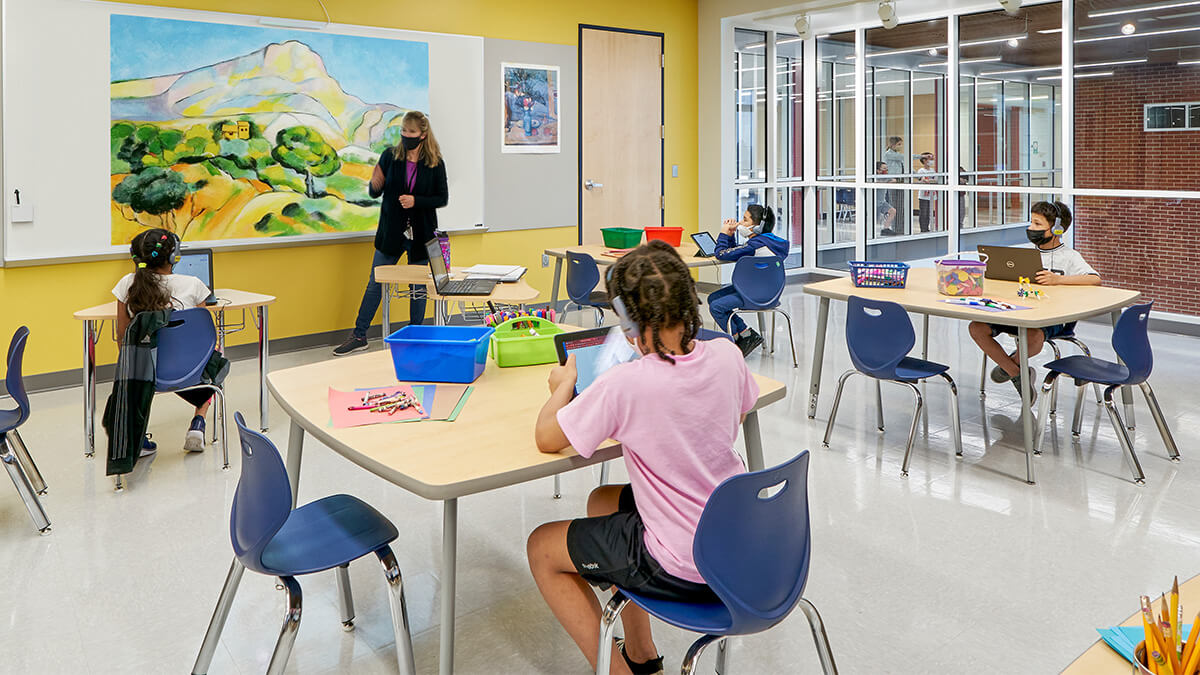
There is no limit in Julie Pawlowski's fifth-grade social studies class when it comes to project-based learning opportunities. In this interview, she shares insights on the nature of PBL in elementary education.
Imagine a sonnet on Revolutionary War history. An informative poem about the religion, diet and important people within a Native American tribe. Or even a social studies project that incorporates the scientific method.
Those projects might seem out of the ordinary in the typical fifth-grade social studies classroom. But not in Julie Pawlowski’s class.
In the final part of our interview series on project-based learning (see the first and second posts in our series), I sat down with the Charlotte, North Carolina-based social studies teacher to discuss the versatility and multidisciplinary nature of PBL.
This conversation has been lightly edited for clarity.
Emily McGinnis: Thanks for meeting with me, Julie. Tell me. What does project-based learning mean to you?
Julie Pawlowski: To me, project-based learning means students have a choice in their learning. They become invested in their learning because they are researching something that interests them. And they can collaborate to create a project with a certain audience in mind.
Emily: What does PBL look like in your classroom?
Julie: Here's an example. After a unit on the Revolutionary War, students came up with questions they still had about the topic. I took those questions and grouped them into categories, including weapons, French involvement, clothing, U.S. Constitution, Green Mountain Boys, ships, and food and drink. Students chose which category they were interested in learning more about and worked with their peers to research the answers to their questions. The groups then chose a creative way to present their findings to the rest of the students.
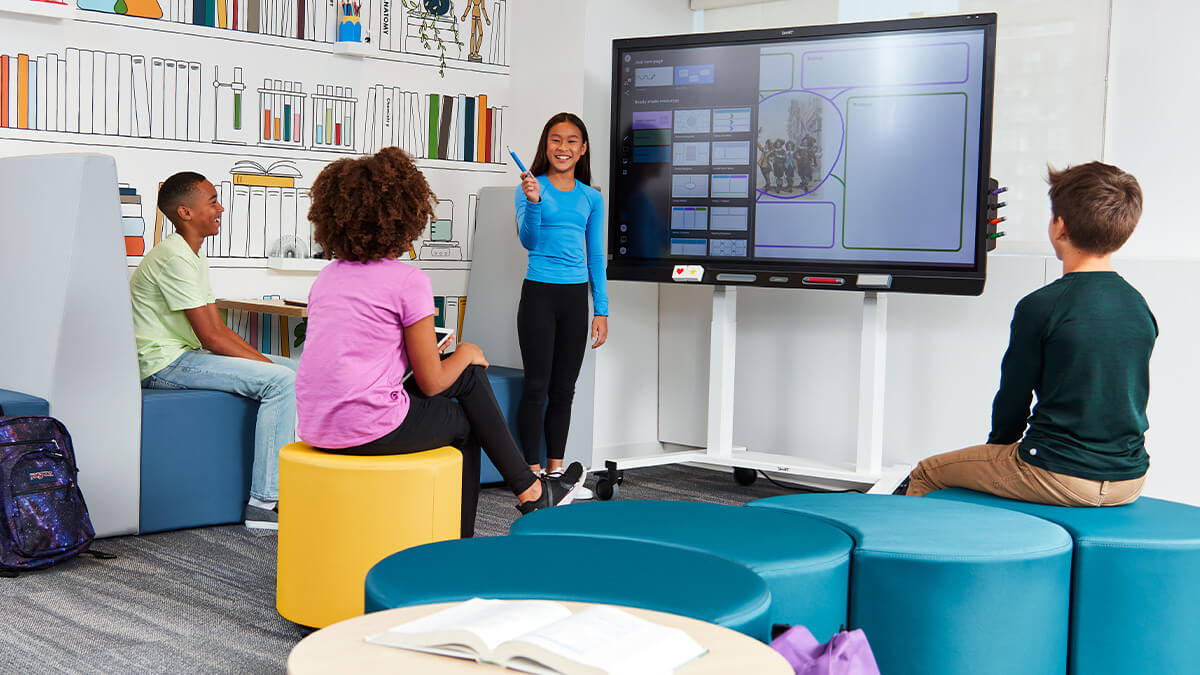
Emily: That sounds awesome. So, are you able to collaborate with other teachers and their classes on projects? If so, how does that work?
Julie: We do a lot of collaboration as a team on projects. For the social studies unit on Native Americans, students chose which tribe they wanted to research. They took notes on their tribe’s location, home, food, religion, important people and interesting facts. After that, I collaborated with the English language arts teacher, who taught a lesson to the class on figurative language and poetry. Using what they had learned, students created a poem in which each stanza represented a different topic they had researched about their tribe. The groups or individuals then presented their poems to the class.
Emily: I love that! Have you seen benefits for students in project-based learning over other methods of teaching?
Julie: The number one benefit is the students’ investment in their learning. When students are invested, the engagement increases, and of course, learning happens. Project-based learning also allows students to develop projects to present to other students or audiences. It’s a more authentic way to show their learning and to learn to work together. It also deepens the students’ understanding of the content when it is integrated within all subject areas.
Emily: Incredible benefits. Are there also benefits for the teachers in project-based learning?
Julie: Absolutely. I feel like greater ideas and different perspectives always make my job easier. But project-based learning also gives teachers different ways to approach learning for the kids. You feel like other teachers are your partners in helping plan the project and support the outcome of the project. Collectively, we can support the students in all subject areas.
Emily: What are some of the difficulties of project-based learning for students? And for teachers?
Julie: Planning ahead is critical. You must have a clear idea of what objectives you need to teach, especially if you are integrating and collaborating with other teachers. You need to look at ways you can add students’ choice to the project and allow their creativity in learning. You must make sure teachers give clear expectations to students so that the learning objectives are met. You also need to develop a way to assess the learning.
Emily: Can you explain some of the individual and team projects you have done over the years?
Julie: We do a lot of book clubs and projects that are related to topics in social studies or science. We apply writing and poetry in all subject areas. The English language arts teacher does the pre-work by introducing figurative language and poetry terms that students need to know for other writing and subjects. We also do projects that incorporate science topics, such as labs where students make hypotheses, find solutions and then present their findings.
Emily: If I were a new teacher and I wanted to try project-based learning, what would you tell me?
Julie: I would tell you to seek more support for management of student groups and behaviors than a teacher who has been teaching for a while. Have a curriculum coach or partner teacher work alongside you as you plan your first project-based learning activity or project. It may be easier to do a project for your own classroom before collaborating and working on another subject’s objectives. I would suggest you watch someone who is using project-based learning already, and then debriefing with that teacher to make sure you truly understand how project-based learning works.
Emily: That's so helpful. On the other hand, if I were a veteran teacher yet reluctant to try project-based learning, what advice would you share?
Julie: I would tell you to give it a try! Student engagement increases and you get to be more of a facilitator of learning. I would say start small and then work with your grade-level teams. Work with someone you trust to make sure you are both working toward the final result and are meeting the standards and objectives for the subject areas.
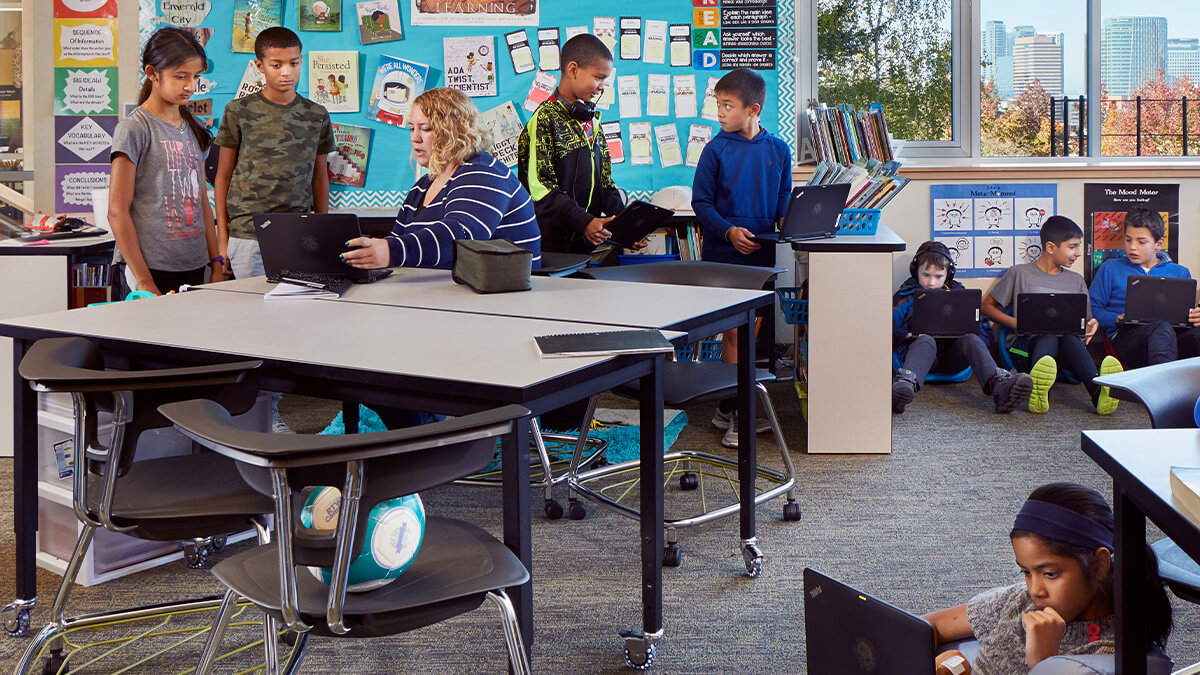
Emily: Do you feel like your administration needs to support project-based learning and provide resources, or is it something you can do in your own classrooms with limited support?
Julie: It certainly makes it easier if your administration supports you with time and resources, but you can still make project-based learning work with limited support. However, if a new teacher wants to implement project-based learning, they may need extra support from administration or a curriculum coach. There are books and videos that help to show project-based learning examples, too.
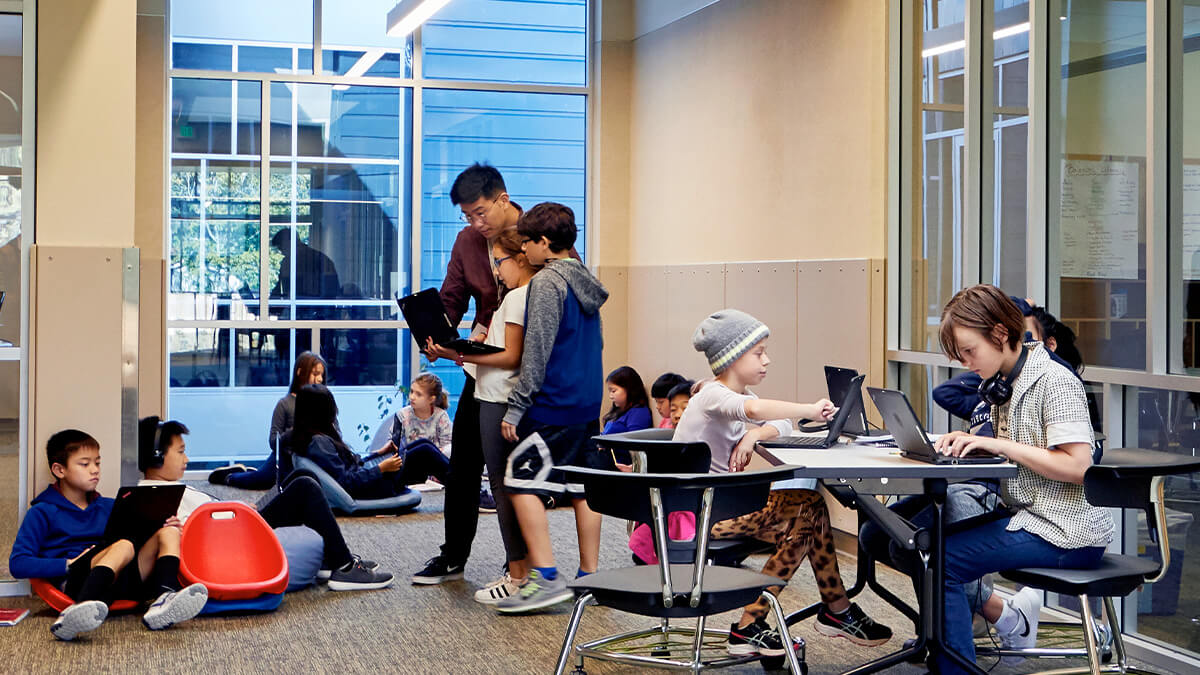
Emily: As you develop a project-based lesson, what are some steps you take?
Julie: My process in creating a new lesson generally follows these six steps:
- Decide what content and objectives you are going to use and determine whether you will do the project as a cross-curricular one or not.
- If it's a cross-curricular project, discuss options, planning and assessment with the partner teacher. Work on a schedule to make the curriculum match up if needed.
- Draft expectations and determine what students will be covering specifically for the project.
- Consider how to communicate the expectations and content ideas with the students as well as how to ensure they understand the expectations. This may involve you observing them in action, walking around the groups, or having them turn in certain parts at a certain time.
- Determine how students will share, present or turn in the project. Think about what the assessment piece could be, such as a rubric or something similar.
- Engage in reflection for both yourself and the students. What worked? What didn’t? Is there anything I need to re-teach?
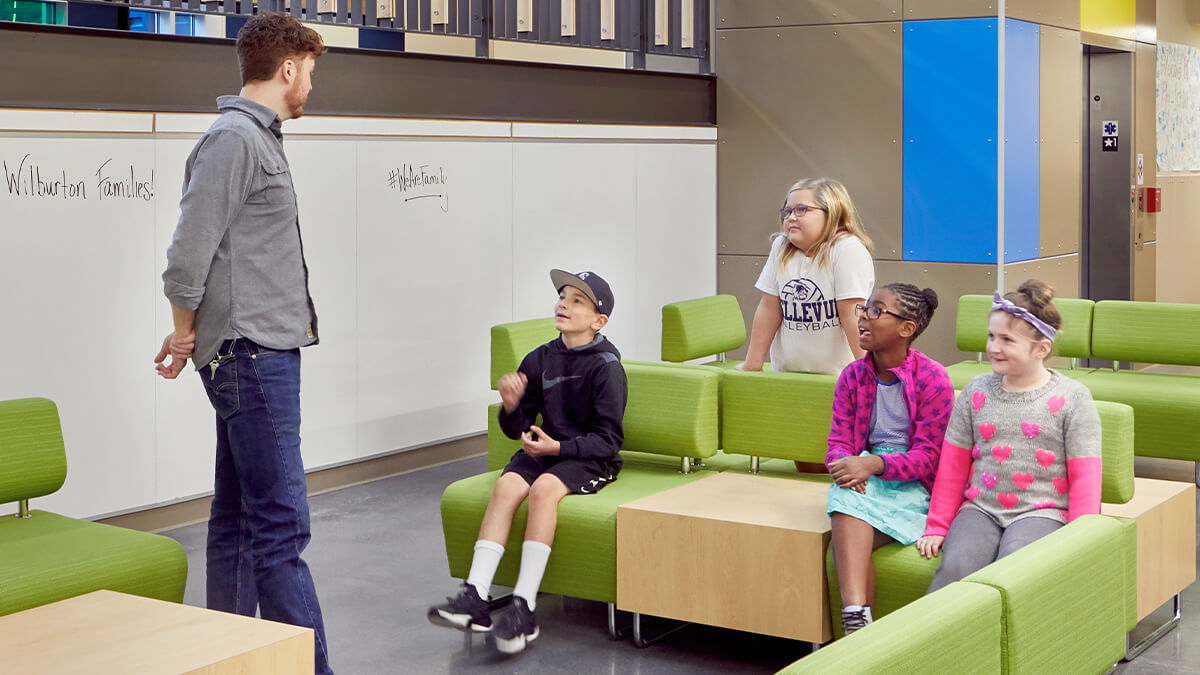
Emily: Those are great steps. So how do you assess this type of learning/teaching?
Julie: With the Revolutionary War book clubs, for example, we do an English language arts and social studies collaboration. The background knowledge is discussed in groups, and answers are expressed in assignments as well as represented in their final projects. Rubrics are helpful, and it is also important to grade the projects together as the English language arts and social studies teachers. With the poetry unit used in our science and social studies, we can assess whether they understand the content and the proper use of figurative language when they turn in their final poems. We also have them turn in their research and poems at various points so we can check for understanding.
Emily: Great insights. Thank you for sharing!
Put Project-Based Learning into Practice
For Julie, fostering engagement, deeper learning, investment in education, and collaboration between students and potentially teachers are some of the main benefits of project-based learning. There’s truly no limit in the projects and opportunities students can pursue in her fifth-grade social studies class.
Find out more about how teachers apply project-based learning in their classrooms in the earlier installations (first and second) of our series and consider how you, too, can put project-based learning into practice!
If you'd like to discuss additional options or considerations for project-based learning, contact me at Emily.McGinnis@ki.com.
Subscribe
Stay up to date with the latest trends and more.




